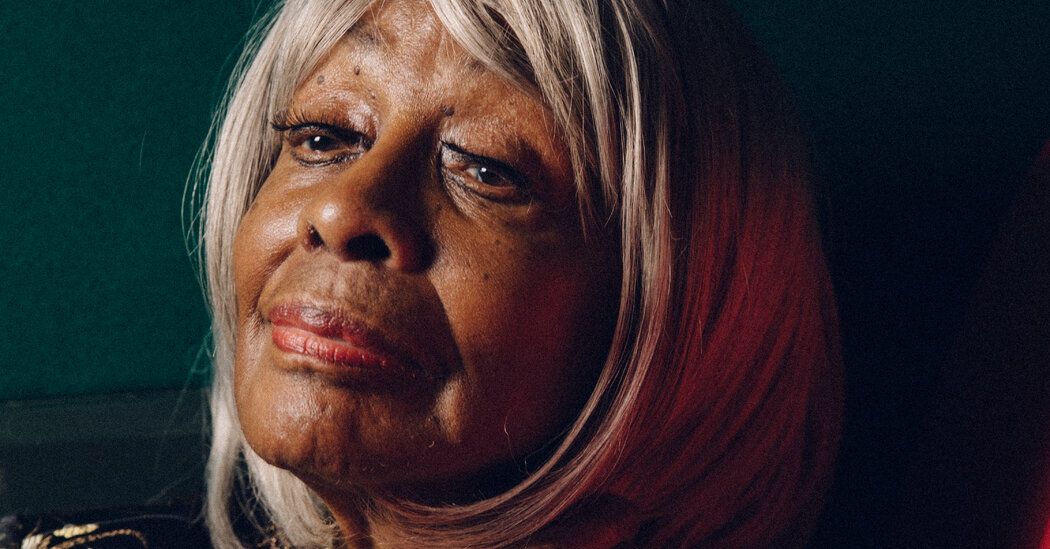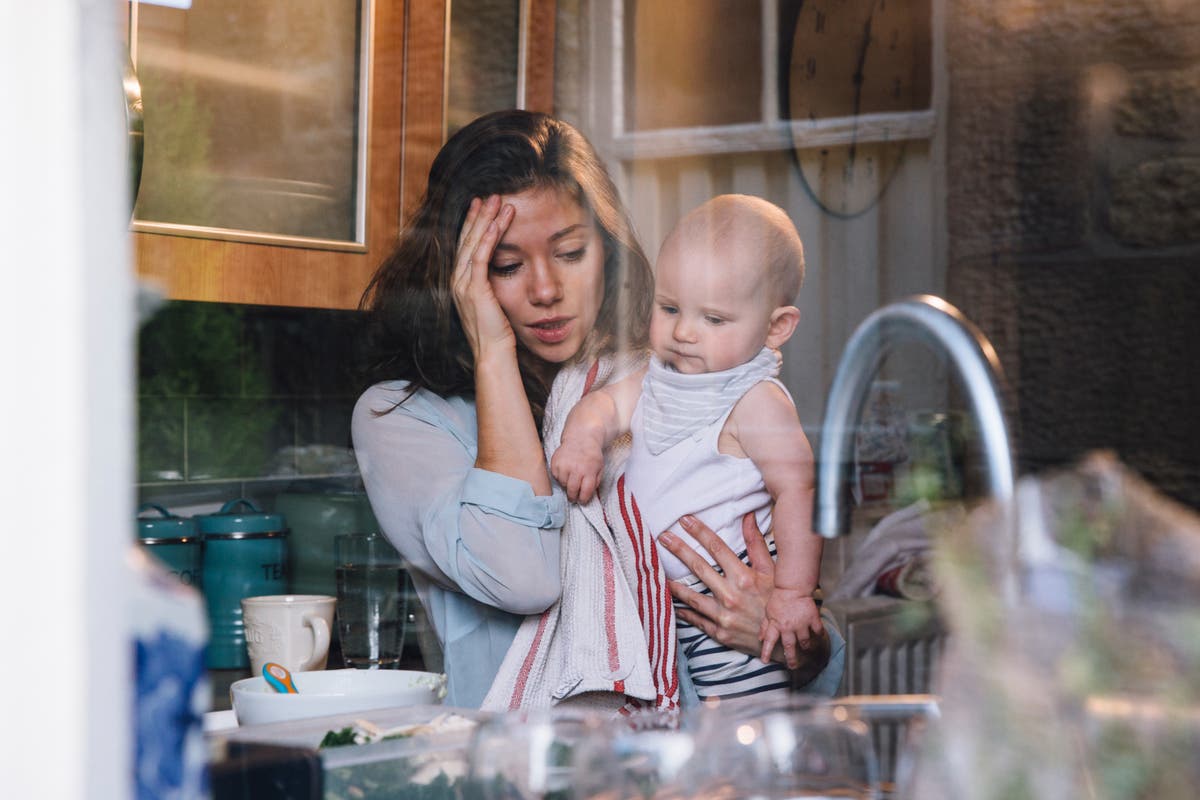Vinie Burrows, a Harlem-born stage actress who made her mark on Broadway in the 1950s, but became frustrated by the few roles available to black women and turned her attention to one-woman shows that explored the legacies of racism and sexism. She died December 25 in Queens. She was 99 years old.
His death, in a hospice facility, was confirmed by his son, Gregory Harrison.
Burrows made his first Broadway appearance in his seven-decade career in 1950 opposite Helen Hayes and Ossie Davis in “The Wisteria Trees,” a reimagining of Chekhov’s “The Cherry Orchard” by writer-director Joshua Logan that changed the drama from an aristocratic Russian estate to a 19th century Louisiana plantation.
Her Broadway career continued to flourish until the mid-1950s. Among the high-profile productions in which she appeared was a 1951 revival of “The Green Pastures,” Marc Connelly’s Pulitzer Prize-winning 1930 story version. of the Old Testament from an African American perspective. In the early 1960s, she appeared with Moses Gunn and Louis Gossett Jr. in a New York production of “The Blacks,” a scathing, surreal examination of racial stereotypes and black identity by the subversive white French author and playwright Jean Genet.
But despite her success, Burrows said in a 1994 interview with The Democrat and Chronicle newspaper of Rochester, New York, she was beginning to feel dissatisfied as she pursued roles that tended toward what she called the “dese, dem and dose” variety. ”. She too was not satisfied with her meager salary.
“I think my babysitter (my little one was 2) made more money than I did,” she said of her experience on “The Blacks” in a 2020 interview with American Theater magazine, “and I said, ‘I’ll never do it.’ To work so hard for anyone unless I’m working for myself.’”
Instead, Ms. Burrows took matters into her own hands as a solo artist. She received rave reviews for her 1968 Off Broadway show, “Walk Together Children,” which she described as “the black scene in prose, poetry and song,” drawing on the writings of contemporary slaves, poets and activists to trace African Americans. experience.
Ms. Burrows, the critic Clive Barnes wrote in a review in The New York Times, “wounds and hurts, giving some of the most denigrating literature in black America the impetus of a relentless performance.
“However,” he added, “although she is angry, she is not bitter. She is all woman and all fundamental charm. “She is a magnificent performer.”
He put on more than 6,000 performances of the show, taking it on tour to college campuses and abroad. After a performance in Berlin, veteran actress Lillian Gish came backstage to praise her. “That cemented me pretty well,” she said in a 1976 interview with The Salt Lake Tribune. “I knew I had talent and I knew I had to do something with it.”
Vinie (pronounced VINE-y) Veronica Burrows was born on November 15, 1924 in Harlem, the eldest of two children of George Nelson Burrows, a dentist, and Phyllis (Edwards) Burrows, a seamstress and dressmaker. The seeds of her activism were planted early.
“From a very early age I had the sense that the people in authority in my life were powerful, unknown, white: the landlord, the teacher, the police,” he said in a 1975 interview with The Abilene Reporter-News, an American newspaper. Texas. .
After graduating from Wadleigh High School (now Wadleigh Secondary School for the Performing & Visual Arts) in Manhattan, he enrolled at New York University, where, at the urging of his mother, he directed his studies toward a career in law. A brief attempt to transfer to the theater department was discouraging.
“The drama teacher there just told me, ‘We just don’t have anything for you,’” he later recalled. “’Occasionally there are some roles for a maid, but that’s it.’”
He didn’t have to worry about such limitations once he dedicated himself to his solo career. Her first monologue, “The Female of the Species”, was a collection of famous dramatic scenes with female characters. “But no one was interested in seeing a black actress play Juliet,” she told The Salt Lake Tribune. She received much more attention for her other solo exhibitions, including “Sister! Sister!”, an examination of women facing oppression around the world, and “Dark Fire,” an interpretation of African myths and folktales.
In addition to her son, Mrs. Burrows is survived by a daughter, Sojourner; six grandchildren; seven great-grandchildren; and a great-great-grandson. Her husband, Dean Harrison, a university administrator, died in 1997.
Over the years, Ms. Burrows traveled the world as an activist. For several decades she represented the International Democratic Federation of Women at the United Nations and directed community programs for the organization Women for Racial and Economic Equality.
Winner of an Obie Lifetime Achievement Award in 2020, she continued acting into her 90s; In 2017 she played a small role in “A Midsummer Night’s Dream” as part of the Shakespeare in the Park series in Central Park.
In an interview with The Times in 2019, Burrows expressed pride in his career and lingering regret.
“I should be able to use my talents more,” he said. “And I can say that at 96 years old I should have been able to use them more when I was 20, 25, 35, 45, 65 or 75 years old.
“There were limitations. There are still limitations. But I do my job. When I can. And I support that every baby born has the opportunity to develop his or her potential.”












